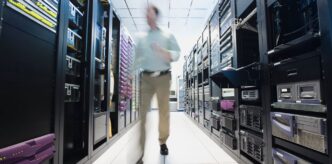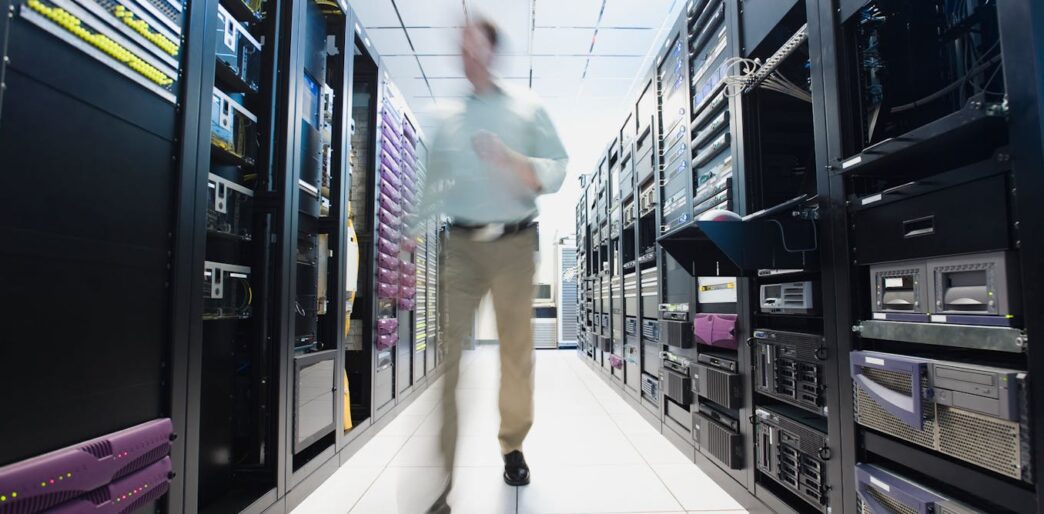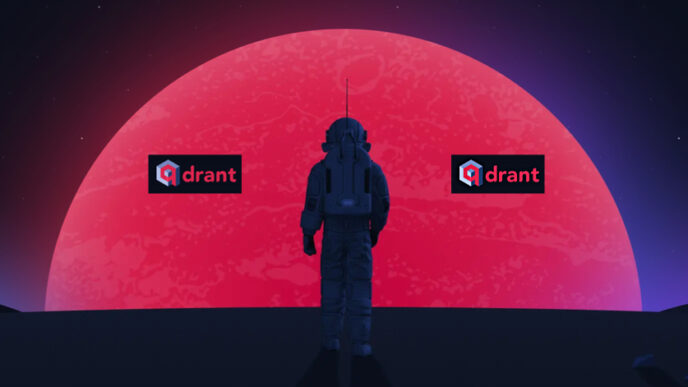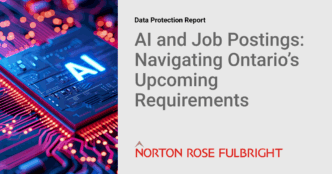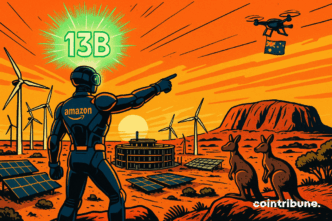Data centres are guzzling more water than you think—and it’s becoming an environmental nightmare.
These server farms, powering everything from Google searches to ChatGPT, rely heavily on water-intensive cooling systems to keep thousands of machines from overheating 24/7.
The problem? Most of the water they use evaporates and never returns to local water sources. This isn’t your dishwasher or toilet water that gets recycled through municipal systems. It literally vanishes into the air.
A 2023 preprint study warns that by 2027, global AI data centre water use could exceed half the annual water consumption of the UK.
One megawatt (MW) of data centre capacity can soak up to 25.5 million litres of water a year—enough to power 1,000 homes. The UK has about 1.6 gigawatts (GW) of data centre capacity, while the global total hits 59 GW.
The rise of AI tools like ChatGPT is pushing this number up fast. The International Energy Agency reported in April 2025 that data centres now slurp over 560 billion litres annually, potentially doubling to 1.2 trillion litres by 2030.
Cooling tech mostly relies on mechanical chillers that use refrigerants and lose water through evaporation during heat dispersal.
There’s also direct evaporative cooling—blowing hot air through water-soaked pads—which saves energy but adds humidity that can damage gear and complicate design.
Northumbria University researchers developed a new approach using thin aluminum foil to separate moist and dry air streams. It cools without adding humidity, uses less water, and runs entirely on solar power without compressors or chemical refrigerants.
This tech is still in trials but shows promise to cut both water use and energy consumption in data centres.
As AI workloads soar, data centres’ thirst for water will only grow. Experts say we urgently need new designs and regulations to keep digital infrastructure sustainable.
Heating up. Photo credit: EThamPhoto/Alamy Stock Photo
